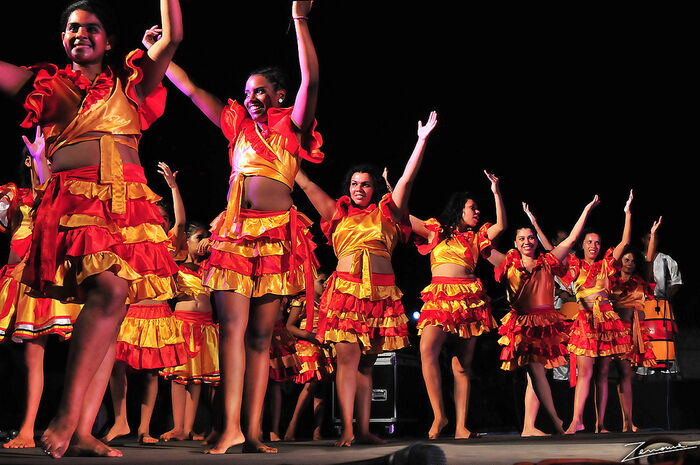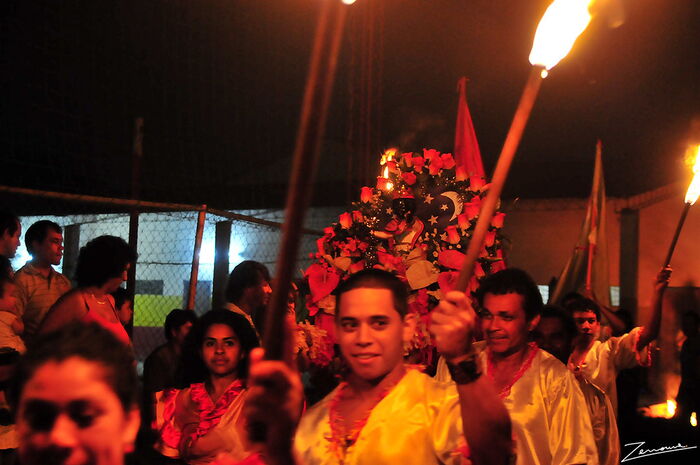VIDEO: Little known Kenyan Tribe Living in South America for 200 Years

They were among the slaves who entered Paraguay at a time when the country was still a colony of Spain.
According to Argentine historian José Ignazio Telesca, the slaves came through Buenos Aires, Montevideo, and Córdoba ports, while those who gained access illegally came from Brazil.
Telesca claims that the population of Paraguay continued to increase, comprising people of African descent, whether enslaved or free.
A number of towns in the country which included Aragua, Emboscada, and Guarambare were established as black communities. Unfortunately, many of these people died in the ensuing wars of liberation.
In 1820, General Jose Gervasio Artigas of Uruguay sought exile in Paraguay’s Itapua area in the company of 400 Kamba people, men, women, and their children.
The Kamba had gained recognition for their agility and military skills with spears, bows and arrows.
Led by General Artigas, they were given 100 hectares of land in Campamento Loma, a suburb of the capital by then Paraguay ruler Jose Gaspar Rodriguez.
This area came to be known as Kamba Cua and the people there became farmers and rear dairy cattle.
The community thrived and remained true to their cultural roots in Kenya, but when General Higinio Morinigi came to power in 1940, the Kamba Cua were stripped of their land, remaining with only three of the original 100 hectares.
A new policy of defining Paraguay as completely “white” had been adopted and interracial marriage was encouraged to gradually dilute the presence of black residents. Black people were thus disenfranchised and marginalised.
Business Daily on April 25, 2019, reported that an informal census in 2009 estimated the Kamba Cua to be only 422 and Kamba Kokue to be 385. Another estimate indicated there are about 200 Kamba Cua families.
Members of the Kamba Cua are well respected for their staunch loyalty to their unique identity and culture which they have jealously guarded for close to 200 years. They still practice dairy farming and agriculture on their small plots of land
The Kamba Cua often perform traditional dances, complete with decorated yellow costumes and drums with an unmistakable Kamba shape and rhythm, attracting a lot of spectators across South America. Dances that resemble Ndelekeni, Mbenio, Ngulumange and Kilumi are quite common.
Polyrhythmic drumbeats are often spiced with dramatic leaps and somersaults in typical Kamba fashion. The drums themselves are shaped and coloured very much like the traditional Kamba units.
Today, the Kamba Cua are using their dances and cultural practices to draw attention to their plight in public performances, advocating for equal economic and social rights while building an African identity. A group known as Ballet Kamba Cua has won several awards at international festivals.
By
Source-kenyans.co.ke
VIDEO: Little known Kenyan Tribe Living in South America for 200 Years








